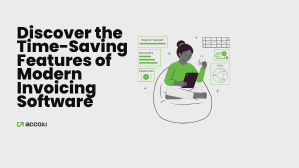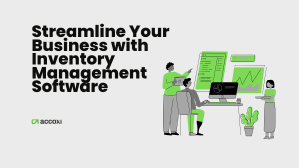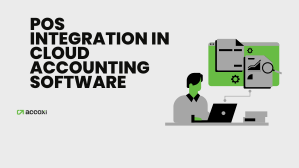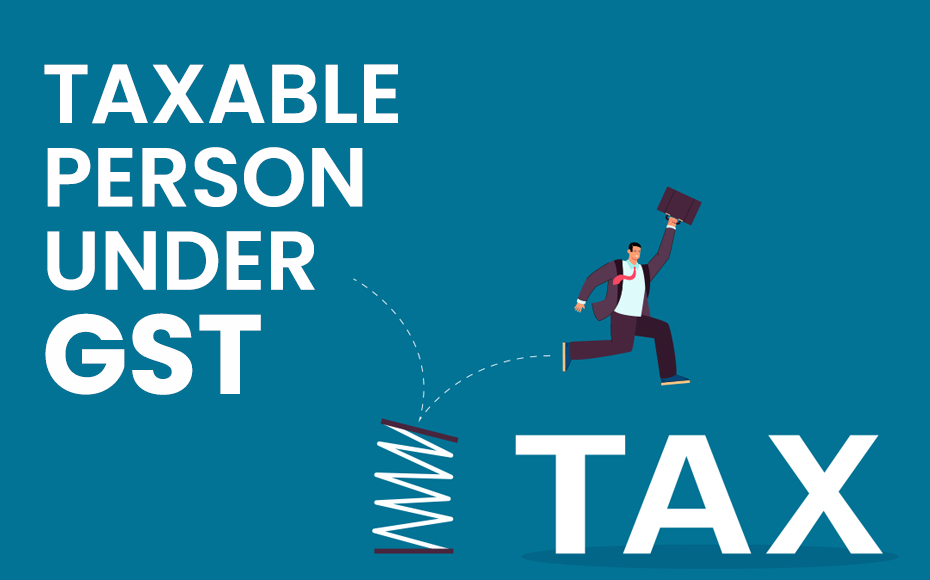

August 11, 2021
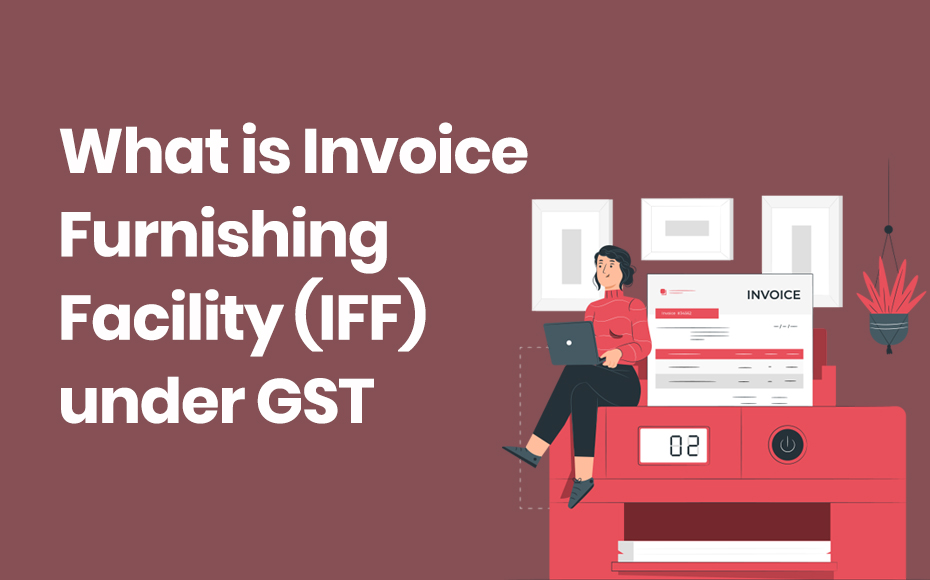
As it comes to the full form, IFF meaning in GST is Invoice Furnishing Facility that helps small taxpayers to upload their invoices every month. Goods and Services tax network (GSTN) has made it possible via the GST portal.
IFF meaning is the Invoice Furnishing Facility under GST that is a facility for quarterly GSTR 1 filers who can upload their invoices every month via Invoice Furnishing Facility (IFF) in GST. It is based on rule 59(2) of CGST rules for the registered taxpayer with an annual aggregate turnover of up to 5 crores. Below mentioned points should be kept in mind as you go for IFF GST:
Through the notification (no 8220) - dated 10th November 2020 ( CGST (13TH Amendment ) Rules,2021, Entire rule 59 of the Central Goods and Services Tax rules,2017 was amended.
The amended rule 59, with effect from 1st January 2021, has the provisions relating to Invoice Furnishing Facility. The provisions are briefly summarized as :
|
Period |
Form for furnishing the details |
Particulars |
|
The first month of the quarter |
Invoice Furnishing Facility |
B2B transactions |
|
The second month of the quarter |
Invoice Furnishing Facility |
B2B transactions |
| Quarter |
Form GSTR 1 |
All the transactions of the third month and backlog transactions of the first and second month |
The small taxpayers who have chosen the QRMP scheme to file their GSTR 1 return every quarter could use the IFF in GST. It is to be borne in mind that unleash a taxpayer opts to upload invoice details via IFF, he should upload all invoice details for three months of the quarter in the GSTR 1 return.
If a taxpayer’s aggregate turnover is less than Rs 5 crore in the previous financial year, he could file his GSTR1 and GSTR3B every quarter by choosing the QRMP scheme. It reduces the compliance burden of small-scale taxpayers. But it also causes some issues for the taxpayers who make some purchases from QRMP taxpayers by claiming Input Tax Credit (ITC).
For instance, as a buyer makes a purchase of goods from a QRMP taxpayer in the course of a quarter, the buyer should have to wait till the end of the quarter to make a claim for ITC. It is because a small taxpayer could upload the invoices and finish the GSTR1 filing only after the quarter is finished. It may cause a delay in making a claim for ITC because the buyer could claim full ITC only as the invoice appears in his/her GSTR 2B.
So IFF in GST was introduced under the QRMP scheme to eradicate their burden allowing QRMP taxpayers to upload chosen or all B2B invoices on the GST portal by means of IFF for the first two months of the quarter. In effect, buyers could make a claim for ITC without any delay.
The registered taxpayer who has been chosen for IFF should be careful about the following due dates.
|
Period |
Form |
Due date |
|
January |
IFF |
13th February |
|
February |
IFF |
13th March |
|
March |
GSTR-1 |
13th April |
|
April |
IFF |
13th May |
|
May |
IFF |
13th June |
|
June |
GSTR-1 |
13th July |
|
July |
IFF |
13th August |
|
August |
IFF |
13th September |
|
September |
GSTR-1 |
13th October |
|
October |
IFF |
13th November |
|
November |
IFF |
13th December |
|
December |
GSTR-1 |
13th January |
The following details in the table are furnished by the small-scale taxpayers as they choose for IFF in GST.
|
Table |
Corresponding information to be furnished |
|
Table 4A; 4B; 4C and 6B; 6C |
B2B Invoices Details of sales transactions |
|
Table 9B – Credit or Debit Notes (Registered) |
Details of credit notes or debit notes issued during the month |
|
Table 9A |
Amended B2B invoices |
|
Table 9C |
Amended Credit or Debit Notes (Registered) |
Business to business transaction details submitted through IFF would be correspondingly reflected in Form GSTR 2A, Form GSTR 2B, Form GSTR 4A or Form GSTR 6A of the recipient of goods or services or both.
Since the invoice Furnishing Facility is optional for the taxpayers under the QRMP scheme. The GST portal has given a timeline to opt-in & opt-out of the scheme. The GST portal has provided the facility for the first two months of the quarter only, as the taxpayer stayed in the scheme. The business-to-business invoices have to be uploaded via IFF in GST, from the 1st to the 13th of the month following the relevant month.
The registered taxpayer to file details via IFF should go through the following steps on the GST portal.
Step 1: Enter the official site of GST https://www.gst.gov.in/.
Step 2: Then log in by providing username, password, and character shown.
Step 3: Click on ‘services’ and from the list select returns and returns dashboard accordingly.
Step 4: Choose the appropriate ‘Financial year’ and ‘Period’ and click SEARCH
Step 5: Then Table ‘Details of the outward supplies of goods or services -IFF optional “ would appear.
Step 6: Then choose ‘PREPARE ONLINE’ for filing through online mode. However, choose ‘PREPARE OFFLINE’ for filing IFF through offline mode.
Step 7: Submit the details as applicable.
Step 8: Submit IFF either via DSC or EVC.
Unlike GSTR 1, a delay in upload of Business to business invoices beyond the cut-off date for a month (13th of next month) would not invoke late fees. Whereas the registered buyer may lose ITC for the month as it postpones to the next month.
It is a wise move to lend a helping hand to small taxpayers and buyers from small taxpayers. IFF would enhance the business of small taxpayers by furnishing faster ITC claims to their buyers. Anyway, this may cause an increase in compliance costs for them. Moreover, data has to be categorized as B2B and non B2B transactions to report on IFF in GST. As soon as the invoices are uploaded and filed on IFF, it is auto-populated into the quarterly GSTR1, and it is not possible to edit or delete. So a taxpayer has to make a differentiation between the benefit of choosing for IFF and the cost involved. In case the QRMP taxpayer makes larger volumes of B2B invoices than B2C invoices within a quarter. It is better to opt-in for IFF. Moreover, the effect of business with their customer has to be kept in mind well.
